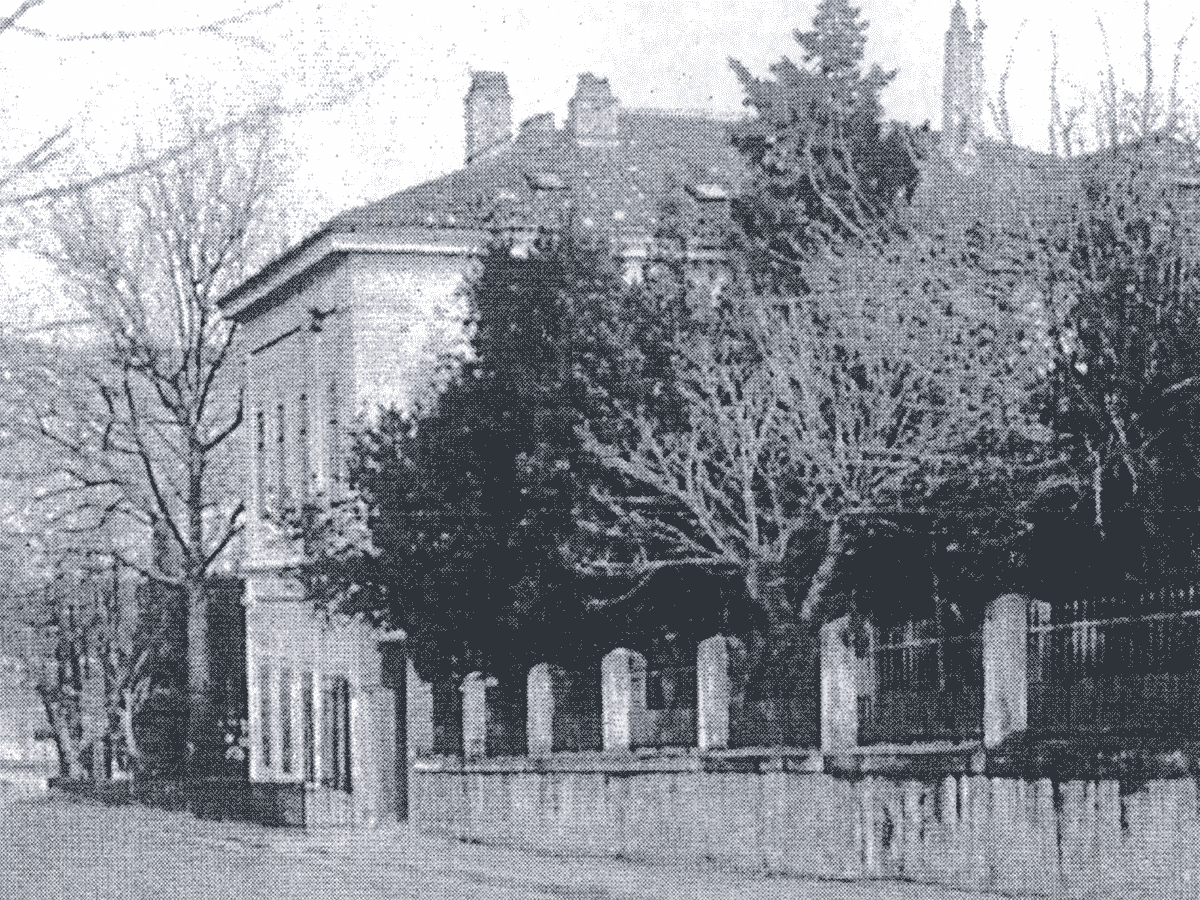OGS history from 1921 to 1945.

The Maritime Observatory gave rise to The Geophysical Institute of Trieste which remains under the authority of the Royal Thalassographic Committee. The new seat is in Viale Romolo Gessi 2 in the building that was the Zoological Station of the University of Vienna.
The astronomy section is detached and goes on to form the new Astronomical Observatory, dependent on the Ministry of Education, with its own autonomous organisation. The Geophysical Institute includes the equipment of the Geophysical Section of the discontinued Hydrographic Institute of the Navy at Pula. Prof. Francesco Vercelli (1883-1952) is appointed Director.
A campaign of oceanographic measurements is carried out to study currents and tides in the Strait of Messina.
With the Law N.1179, the Thalassographic Committee becomes part of the National Research Council (CNR).
The Seismic Station of Trieste, managed by the Geophysical Institute but with its own administrative autonomy, starts operating in Viale Romolo Gessi 4.
Prof. Vercelli travels to the USA with engineer Tiziano Rocco of AGIP Mineraria to study the new reflection seismic techniques.
The Geophysical Institute becomes an organ of the National Research Council and loses its autonomy.
The Geophysical Institute of Trieste takes the name of Thalassographic Institute of Trieste.
Trieste becomes part of the Third Reich as the capital of the Adriatisches Küstenland and the German troops enter the city.
The Institute is destroyed by aerial bombardment and Professor Vercelli is saved after several hours under the rubble. A young caretaker of the Institute died.
Until 1950 the Institute was housed in a five-room flat owned by the University in Via Corsica (now Via del Lazzaretto Vecchio).
With the reorganisation of the CNR (National Research Council) stipulated by Lieutenant's Decree No. 82, the Institute regained legal status and became part of the Ministry of Agriculture and Forestry.
The Yugoslav troops of the 10th Corps of the Yugoslav Army enter Trieste. With it, the seventh republic of the Yugoslav Federation is established.
New Zealand troops also arrive in Trieste and take part in the fighting to overcome the Germans entrenched in the San Giusto Castle and the Court. The push towards Trieste is concluded. The New Zealanders then settled in Miramar; 40 days of uncertainty followed.
The Yugoslavs evacuate Trieste, which is occupied by British and American troops. The Allied Military Government - Free Territory of Trieste (AMG-FTT) is formed.
Due to the special situation in Trieste, the Institute continues to operate autonomously and obtains its funding directly from the Allied Military Government.
